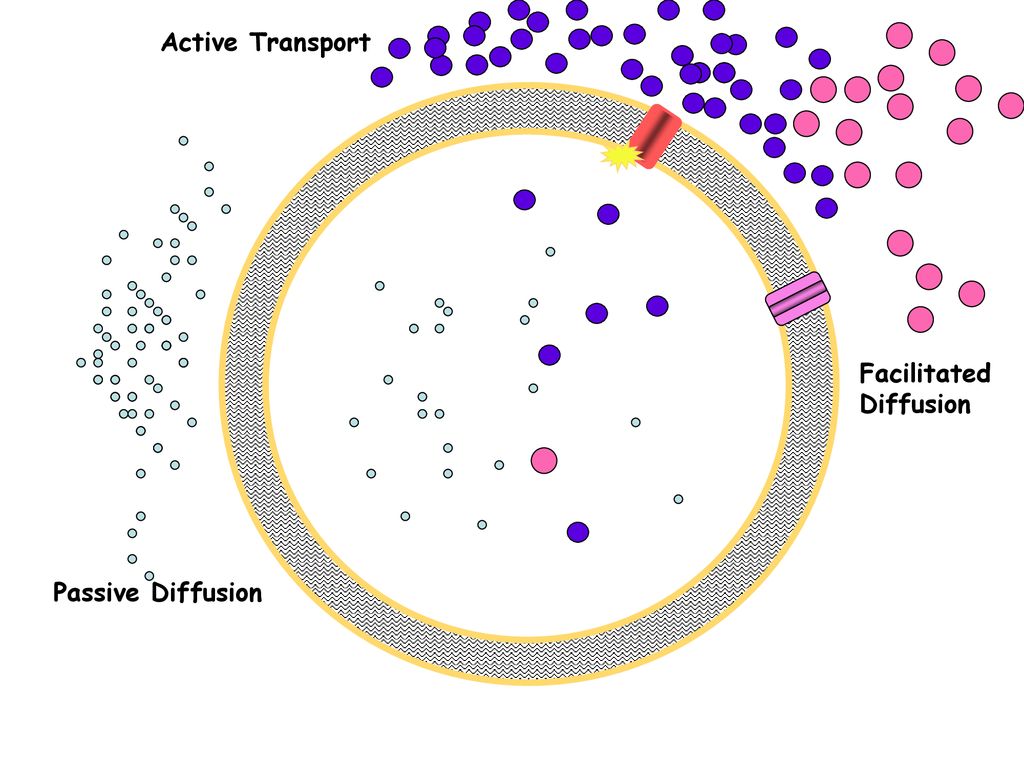Active Transport
- USES ENERGY!
- Small particles need to also move from low concentrations to high concentrations at times, in this case it is called active transport. When small particles move against the normal direction, it is just called active transport.
There are two special types of active transport that deal with moving large particles in and out of the cell. These processes are called endocytosis and exocytosis.
a. Endocytosis: the process in which a cell membrane surrounds a particle and encloses it and brings it into the cell through the semi-permeable membrane. Glucose is an example of something that would enter a cell through the process of endocytosis. Or, when our white blood cells ‘eat’ bacteria to kill it.
b. Exocytosis: the process used to remove a large particle from a cell. Waste from a cell would exit the cell through the semi-permeable membrane through the process of exocytosis.
More on AmplifyGlobe
Passive Transport: Diffusion & Osmosis
 Particles naturally move from a high to low concentration. Passive transport – Read More
Particles naturally move from a high to low concentration. Passive transport – Read More